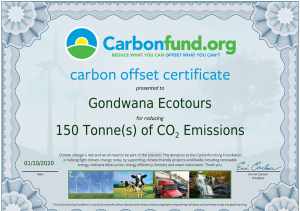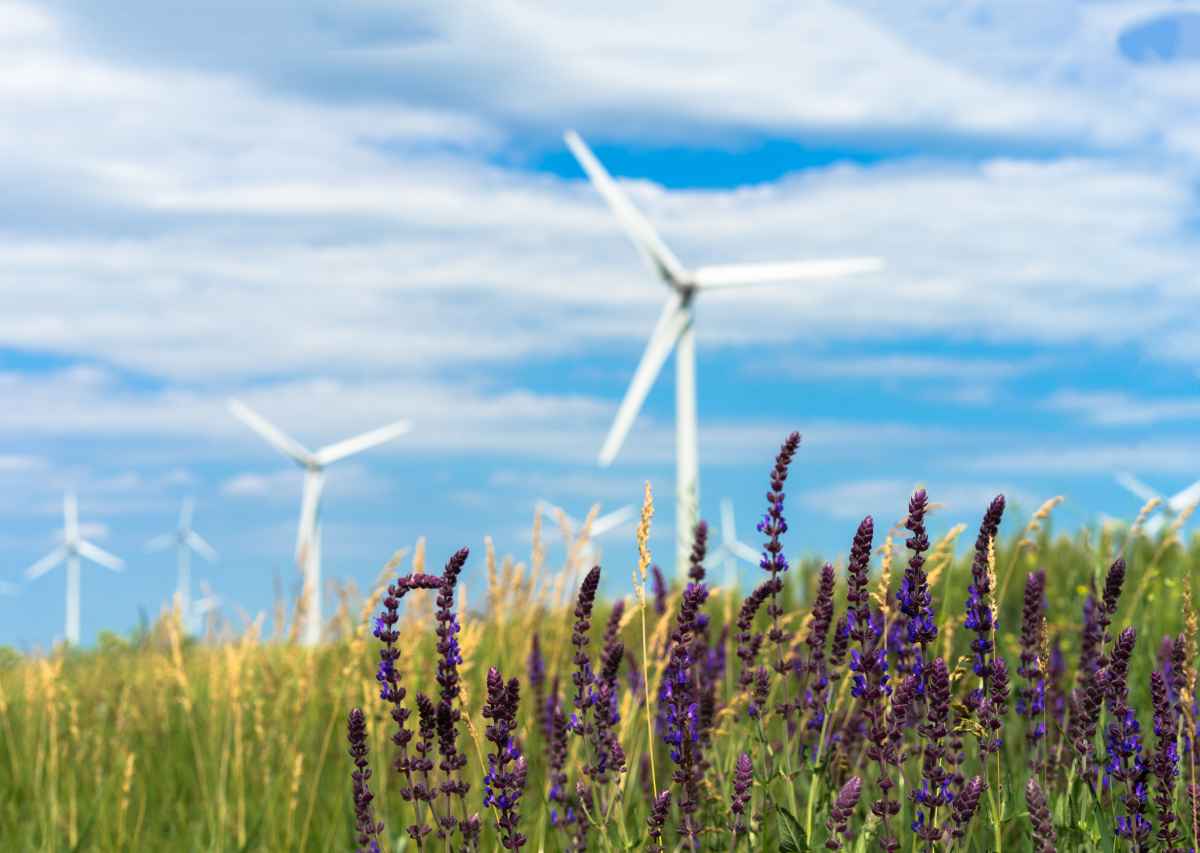As the threat of climate change continues to grow, more and more people are looking for innovative solutions to help reduce dangerous greenhouse gas emissions. One of the more confusing and controversial solutions is carbon offsetting. If done right, carbon offsetting programs can make a huge difference in the fight against climate change. If done wrong, it could actually make things worse. Here’s a quick rundown of what you need to know about the good and the bad of carbon offsetting — like we do when planning a carbon friendly tour.
What is Carbon Offsetting?
The easiest way to think about carbon offsets is by imagining them as investments. When you purchase an offset, you’re investing money in a project that will reduce future carbon emissions. These projects can range from planting trees, distributing energy-efficient cooking stoves, or capturing methane gas at landfills. Typically, a single carbon offset is equivalent to one ton of carbon emitted. This means that if you want to offset your 10-hour flight, which releases about 2,000 pounds or one ton of carbon per person, you would need to purchase one carbon offset.¹ While carbon offsets don’t erase the carbon emitted from your daily activities, they do help strike a balance by reducing greenhouse gas emissions in other ways.
Carbon offsets function as investments in environmental projects aimed at curbing future carbon emissions. When you buy an offset, you’re essentially funding initiatives such as tree planting, distribution of energy-efficient stoves, or methane capture at landfills. Typically, one offset equates to offsetting one ton of carbon emitted. For instance, a 10-hour flight releases approximately one ton of carbon per person, necessitating the purchase of one carbon offset. While offsets don’t negate your carbon footprint, they contribute to overall emissions reduction, fostering a more sustainable balance in combating climate change.
What Programs Do Carbon Offsets Support?
There are many different companies that specialize in selling carbon offsets. These companies have identified programs that are proven to reduce carbon emissions and fulfill a concept called “additionality.” Put simply, in order for a carbon offset to be effective, it must be proven that the benefits of the program would not have “happened anyway” without intervention.
Some of the current projects listed from carbonfund.org include the Truck Stop Electrification Project which sets up units that power the cabs of freight trucks when they have to stop for their mandatory rest periods. This allows drivers to heat or cool their cabs without having to let the engine of their truck idle, saving tons of carbon emissions. Another project from carbonfund.org involves reforesting nearly 25,000 acres of old cattle pastures in Panama. These projects are very different from one another, but they both contribute to the reduction of carbon in the atmosphere.
Though there are numerous new carbon offsetting projects each year, here are a few of the most notable projects:
- Gold Standard: The Gold Standard is a widely recognized certification body that verifies and certifies carbon offset projects based on rigorous environmental and social criteria. They cover various types of projects, including renewable energy, energy efficiency, and sustainable land use.
- Verified Carbon Standard (VCS): VCS is a leading global standard for carbon offset projects. They ensure that projects adhere to stringent criteria for additionality, permanence, and transparency. VCS covers a wide range of project types, including renewable energy, forestry, and agriculture.
- Climate Action Reserve (CAR): CAR is a nonprofit organization that develops and manages carbon offset programs, primarily in North America. Their programs cover sectors such as forestry, livestock methane capture, and landfill gas capture.
- American Carbon Registry (ACR): ACR is a leading carbon offset registry in the United States, specializing in offset projects that reduce greenhouse gas emissions. They certify projects in various sectors, including renewable energy, forestry, and methane capture.
- Clean Development Mechanism (CDM): The CDM is an international carbon offset program under the Kyoto Protocol, administered by the United Nations. It allows developed countries to invest in emissions reduction projects in developing countries to meet their emissions reduction targets.
- REDD+ (Reducing Emissions from Deforestation and Forest Degradation): REDD+ is a mechanism developed under the United Nations Framework Convention on Climate Change (UNFCCC) to incentivize forest conservation and sustainable management in developing countries.
- Corporate Carbon Offsetting Programs: Many corporations offer their own carbon offset programs as part of their sustainability initiatives. These programs may fund various types of projects, including renewable energy development, reforestation, and energy efficiency initiatives.
What Are The Drawbacks of Carbon Offsetting?
While carbon offsetting does produce results, some people are critical of the program because it offers no incentive for people to change their more destructive habits. People can purchase offsets for their activities instead of reducing their own carbon footprint. Hopefully, by bringing awareness to the problem of climate change and by investing in programs that reduce greenhouse gases, this won’t end up being the case.
Another issue is that there is no federal regulation of companies that sell carbon offsets. This makes it easy for unscrupulous companies to try to take advantage of people who want to help reduce greenhouse gas emissions. That’s why it’s important to do your research before you invest. Look for companies that have been certified by independent regulators like Gold Standard or Green-e. This will ensure that your money—and carbon offset—is really going to make a difference.
Carbon Offsetting at Gondwana Ecotours
At Gondwana Ecotours, we purchase carbon offsets to help balance the emissions of our guest’s airfare when they book  a tour with us. As of 2019, we’ve offset more than 580 tonnes of carbon! Our company of choice is carbonfund.org. All of their carbon projects have been certified by a third party (like Gold Standard) to ensure that they are effective in reducing carbon emissions.
a tour with us. As of 2019, we’ve offset more than 580 tonnes of carbon! Our company of choice is carbonfund.org. All of their carbon projects have been certified by a third party (like Gold Standard) to ensure that they are effective in reducing carbon emissions.
If you’re interested in carbon offsetting with carbonfund.org, you can visit their website and choose between several options. You can offset your carbon emissions from daily life for an entire year for $240 or offset the emissions from plane travel, just as we do. But remember, offsetting carbon emissions does not erase the carbon that is produced by your actions. It’s still important to try to reduce your carbon footprint. As the motto from carbonfund.org says:
“Reduce What You Can, Offset What You Can’t”TM
Read about traveling in good company!Traveling in “good company” with Toad&Co means journeying with a commitment to sustainability and ethical practices. From eco-friendly materials to fair labor standards, every step of the way ensures both the planet and communities are treated with care and respect.



